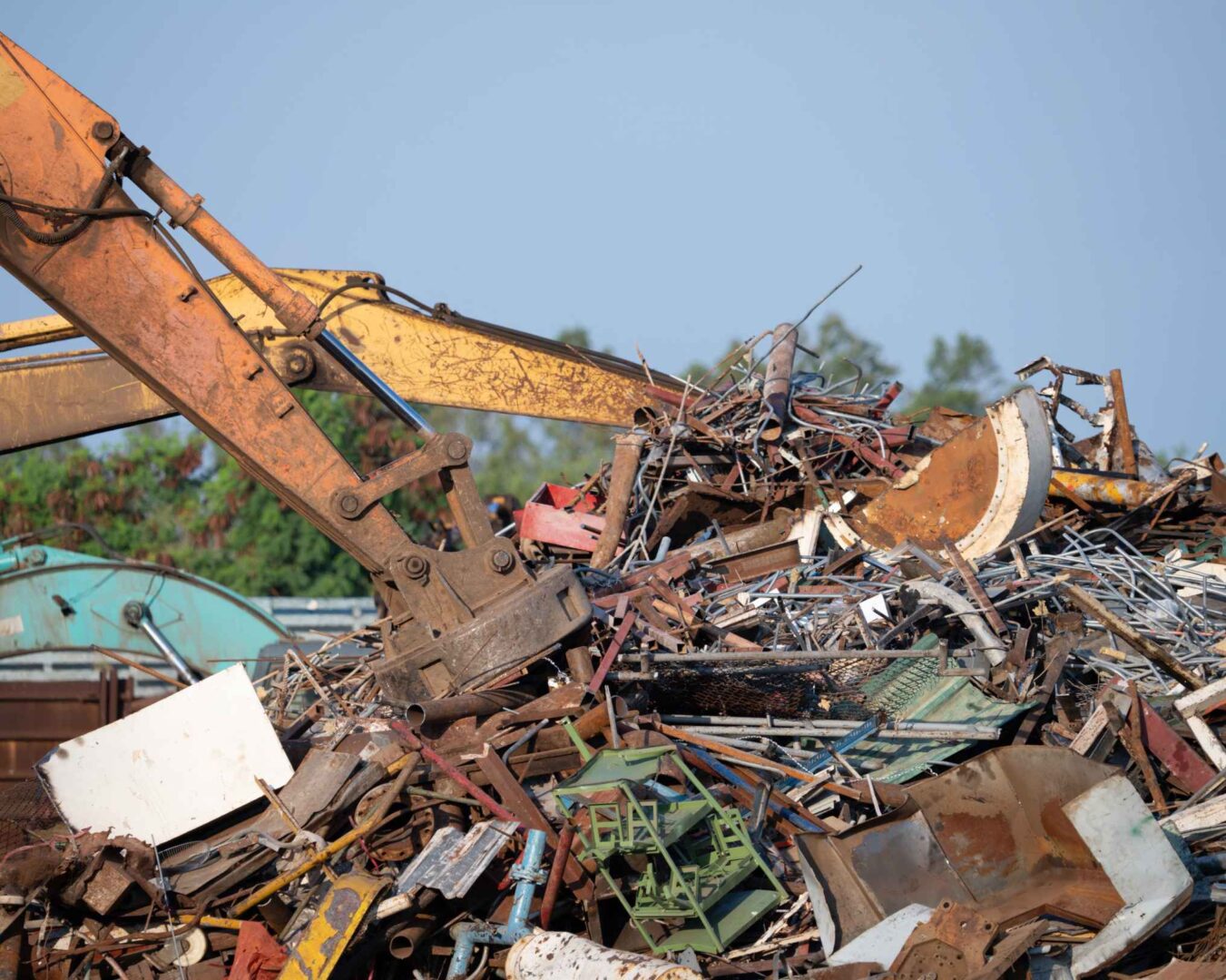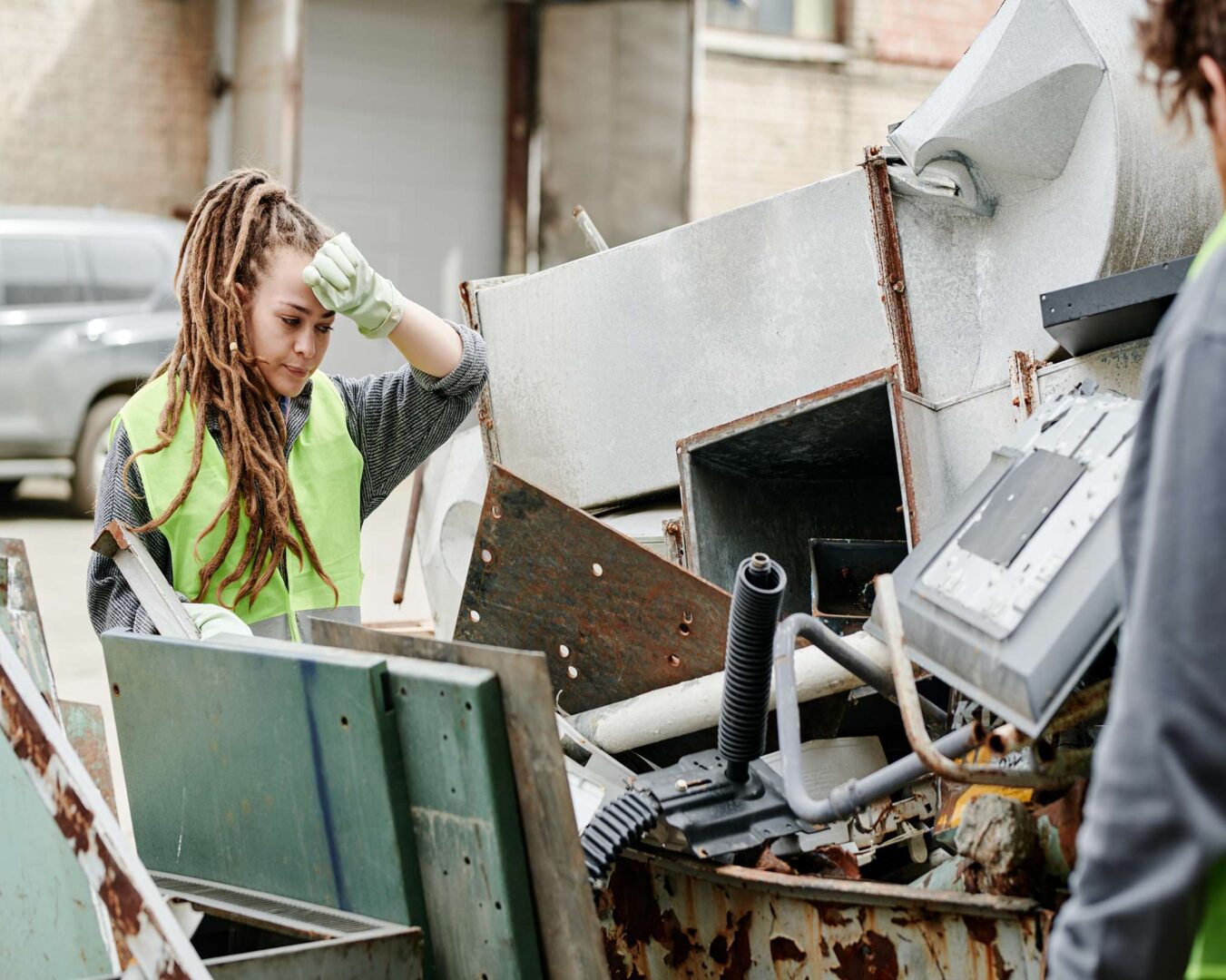In the vast world of business, excess inventory has become an overwhelming challenge, especially for giants like Amazon. Imagine the plethora of unsold goods, not just as dormant assets but as potential liabilities with a ticking tax time bomb. Every unsold item is money tied up, space occupied, and an increasing tax burden.
But what if there was a way to convert this impending disaster into an advantage? What if we could liquidate Amazon Inventory not just to clear space but to truly benefit communities and the environment?
Table of Contents
Breaking Down Excess Inventory
Excess inventory is more than just unsold goods, it represents money tied up, space occupied, and, yes, a ticking tax clock. The longer these items sit, the more they cost.
Think beyond storage expenses. The real financial pain points? The tax implications of holding onto surplus products. But what if there was a way to turn this potential liability into an asset?
Liquidate Amazon Inventory: A Common Dilemma
The digital marketplace giant, Amazon, often sees sellers grappling with excess inventory. The typical route? Liquidating the Inventory. But this method often short-changes sellers and doesn’t offer a lasting solution.
Beneficial Reuse emerges as a more lucrative and ethical alternative, allowing businesses to make the most of their surplus products.
Why Overstocking Happens: Deciphering the Cycle
Overstocking isn’t always a result of poor business decisions. Often, market trends, seasonal demands, and unpredictable consumer behaviors contribute. Research indicates that nearly 30% of excess inventory in e-commerce arises due to unexpected changes in market trends.
Understanding these underlying reasons can help businesses preemptively address the issue and reduce the costs associated with overstocking.
The Rise of Beneficial Reuse
Happen Ventures identified the gaps in the traditional disposal methods. By introducing Beneficial Reuse, they shifted the narrative from waste to opportunity.
This isn’t merely about avoiding landfills. It’s a call to find purpose in every product, diverting them from being mere excess to essential items for communities in need.
Environmental Impact: Measuring the Carbon Footprint
It’s not just about monetary savings; it’s also about planet savings. Traditional methods of disposing surplus goods, especially incineration, lead to a significant release of carbon dioxide. Beneficial reuse reduces this carbon footprint dramatically.
According to recent findings, every ton of goods reused prevents approximately 2.5 tons of CO2 emissions. This translates to cleaner air and a brighter future for coming generations.
The Real Cost of Ignoring Beneficial Reuse
Why pay more taxes on excess inventory when there’s a win-win solution? By opting for Beneficial Reuse, businesses can qualify for significant tax deductions while upholding their commitment to sustainability.
Recent data shows that for every ton of goods diverted, companies save substantially in potential waste management expenses and taxes.
The Happen Ventures Advantage
Beyond offering a solution, Happen Ventures provides a seamless experience. From identifying usable products being discarded to ensuring their efficient redistribution, the process is honed to perfection.
The company’s efforts have already resulted in diverting over 60,000 tons, testifying to the tangible benefits businesses can garner both in terms of tax savings and bolstered ESG scores.
Beneficial Reuse: Beyond the Donation
This approach isn’t just about charity. It also involves making surplus products available at reduced prices to communities. In doing so, businesses not only alleviate the strain of excess inventory but also foster community growth.
This is the real essence of Beneficial Reuse, a bridge connecting conscious companies and communities.
Building Stronger Communities: A Ripple Effect
Beneficial reuse doesn’t end at the act of donating or selling at reduced prices. It catalyzes a ripple effect. Local economies thrive, job opportunities arise in distribution, and community ties strengthen.
Reports suggest that for every 1,000 items diverted for beneficial reuse, approximately 10 local job opportunities emerge, fostering community growth and economic stability.
A Future-Forward Business Strategy: Marrying Profit with Purpose
In the rapidly evolving business landscape, corporate strategies are no longer just about profit margins. There’s a growing emphasis on ‘purpose’. The
Millennial and Gen Z consumer base, which makes up nearly 40% of the global consumer market, consistently favors brands that reflect sustainability and social responsibility.
By adopting beneficial reuse, businesses are not just solving a pressing inventory problem; they are aligning with a future-forward strategy. This not only resonates with modern consumers but ensures a sustainable, long-term vision that balances profit with a greater purpose.
Actionable Takeaways
- Consider Beneficial Reuse before deciding on the fate of surplus products.
- Engage with experts, like Happen Ventures, to guide you through the process.
- Understand tax implications and maximize potential deductions.
Conclusion
As we redefine the lifecycle of products in the modern business landscape, Beneficial Reuse emerges as the way forward. It’s a chance for businesses to not just manage their excess inventory, but to reimagine its potential, tapping into substantial tax benefits, and creating an impact that transcends profit margins.




